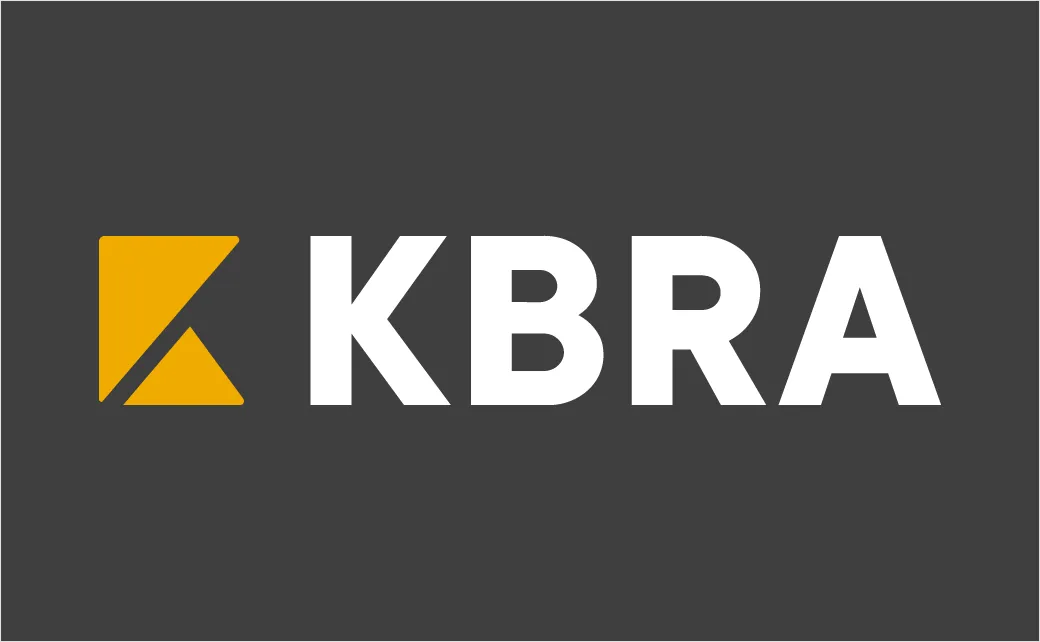
KBRA Rates PA Turnpike AA- on 2025 Revenue & Refunding Bonds
Kroll Bond Rating Agency (KBRA) has assigned a long-term rating of AA- to the Pennsylvania Turnpike Commission’s Turnpike Revenue Bonds, Series A of 2025, and Turnpike Revenue Refunding Bonds, Second Series of 2025. Additionally, KBRA has reaffirmed the ratings of AA- for the Commission’s existing Turnpike Revenue Bonds, A+ for the Turnpike Subordinate Revenue Bonds, and AA- for the Motor License Fund-Enhanced Turnpike Subordinate Special Revenue Bonds. The outlook for all these obligations remains stable.
Overview of the Pennsylvania Turnpike Commission Rating
The Pennsylvania Turnpike Commission (PTC) oversees one of the most extensive toll road networks in the United States. The Commission plays a crucial role in maintaining the infrastructure and ensuring the seamless operation of the tollway system, which serves millions of drivers annually. The latest ratings assigned by KBRA reflect the Commission’s strong financial standing, effective governance, and ability to generate consistent revenue. These factors contribute to the stability and security of the bonds issued by the PTC, reinforcing investor confidence.
Key Credit Considerations
KBRA’s rating actions are based on several critical credit factors. These considerations help investors and stakeholders understand the financial position and risk profile of the Pennsylvania Turnpike Commission.
Credit Positives
- Essential Transportation Network: The Pennsylvania Turnpike System is an indispensable toll road network, serving as a key transportation artery for the state and the region. The system connects major urban centers and facilitates the movement of goods and people, reducing congestion on alternative routes. Due to its strategic importance, demand for its use remains high despite periodic toll increases.
- Full Autonomy in Rate Setting: The Commission has complete authority to set toll rates, enabling it to manage revenue effectively. This autonomy allows for financial flexibility and supports the implementation of necessary infrastructure improvements and debt obligations without direct reliance on legislative approvals. The ability to adjust toll rates as needed has historically resulted in stable financial margins and predictable cash flow.
- Prudent Financial Management: The Commission has demonstrated strong financial stewardship by maintaining healthy margins and ensuring that debt service coverage ratios (DSCR) remain above required thresholds. Strategic financial planning, including cost controls and capital investment management, has enabled the Commission to sustain its creditworthiness and meet its financial commitments.
- Robust Liquidity Position: The PTC maintains ample liquidity, ensuring that it can meet its operational expenses, service debt, and address unforeseen financial challenges without significant stress. A strong cash position provides a buffer against revenue fluctuations due to changes in traffic patterns or economic downturns.
Credit Challenges
Despite its strengths, the Pennsylvania Turnpike Commission faces several financial and operational challenges that could impact its credit ratings in the future.
- High Operating and Debt Service Costs: The Commission bears substantial obligations related to operations and maintenance (O&M), capital investments, and existing debt. The financial demands of Act 44/89 obligations add further pressure, necessitating continuous toll rate increases. While these increases have been manageable so far, sustained growth in toll rates could eventually impact traffic volume, leading to reduced revenue generation.
- Toll Increases and Potential Traffic Decline: While toll rate adjustments have historically supported the Commission’s financial objectives, excessive increases could deter motorists, leading to lower traffic volumes and reduced revenue. This dynamic presents a delicate balance between maintaining revenue growth and preserving affordability for users.
- Debt Issuance and Capital Expenditure Pressures: The Commission has outlined a $4.0 billion capital investment plan over the next decade, which includes the issuance of new senior obligations. If actual traffic demand does not align with projections, there could be pressure on subordinate obligation coverage ratios. However, the Commission retains flexibility in adjusting its capital expenditures based on traffic trends and financial performance.
Rating Sensitivities
KBRA has outlined specific conditions under which the Commission’s credit ratings could be upgraded or downgraded.
Conditions for an Upgrade

A credit rating upgrade may occur if the Commission demonstrates a sustained trend of increasing net revenue, leading to significantly improved debt service coverage ratios. Specifically, the following metrics could contribute to an upgrade:
- Senior Lien Debt Service Coverage: Achieving and maintaining annual debt service coverage above 2.0x.
- Combined Senior and Subordinate Debt Service Coverage: Maintaining a ratio exceeding 1.30x annually.
- Total Debt Service Coverage for All Obligations: Reaching and sustaining a ratio above 1.20x annually.
If these performance targets are consistently met and exceeded, demonstrating financial strength and stability, the Commission may be eligible for a credit rating upgrade.
Conditions for a Downgrade
A downgrade could be triggered if the Commission experiences a sustained decline in net revenue and fails to maintain its established debt service coverage targets. Factors that could contribute to a downgrade include:
- Declining Traffic Volume: A prolonged decrease in traffic due to economic downturns, alternative transportation options, or excessive toll increases.
- Erosion of Debt Service Coverage: If DSCRs for senior, subordinate, and total obligations fall below targeted thresholds, it could indicate financial strain and warrant a rating downgrade.
- Weak Liquidity Position: A reduction in liquidity that limits the Commission’s ability to manage its obligations effectively.
Access to Ratings and Documentation
Investors and stakeholders interested in accessing the complete ratings and relevant documentation can visit KBRA’s official website. Comprehensive reports, disclosures, and methodologies provide additional insights into the rating process and the factors influencing the Pennsylvania Turnpike Commission’s credit ratings.
Rating Methodologies and Disclosures
KBRA’s rating process is based on well-defined methodologies tailored to public finance and infrastructure projects. The methodologies applicable to the Pennsylvania Turnpike Commission include:
- Public Finance: U.S. Public Toll Roads, Bridges & Tunnels Revenue Bond Rating Methodology
- Public Finance: U.S. Special Tax Revenue Bond Rating Methodology
- ESG Global Rating Methodology
A detailed description of the sources used to determine the credit ratings, as well as any sensitivity analyses conducted, is available in the Information Disclosure Form on KBRA’s website.
European Union and UK Regulatory Considerations
Only ratings explicitly designated as “endorsed” by Kroll Bond Rating Agency Europe Limited (KBRA Europe) for the European Union or Kroll Bond Rating Agency UK Limited (KBRA UK) for the United Kingdom are subject to the regulatory disclosures set forth in this release. Investors based in the EU or UK should verify whether specific ratings are endorsed for regulatory use before making investment decisions.
The Pennsylvania Turnpike Commission remains a financially stable and strategically significant entity within the U.S. transportation infrastructure network. KBRA’s AA- rating on its Turnpike Revenue Bonds and reaffirmation of existing ratings underscore the Commission’s strong financial position, effective governance, and robust revenue-generation capacity. While challenges exist, including the need for continued toll adjustments and significant capital investments, the Commission’s prudent financial management and strategic flexibility position it well for long-term stability. Investors and stakeholders should monitor key financial metrics and policy decisions that may influence future credit ratings.





